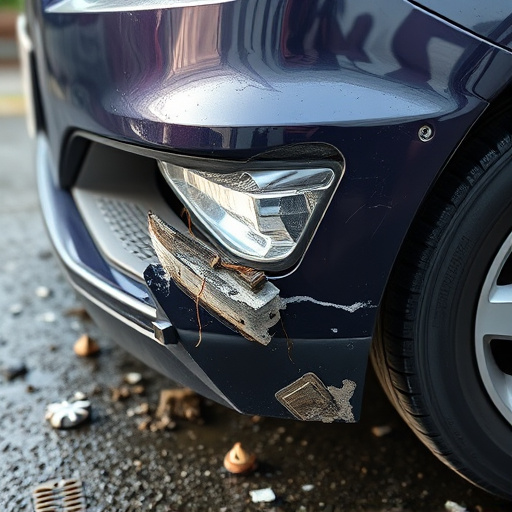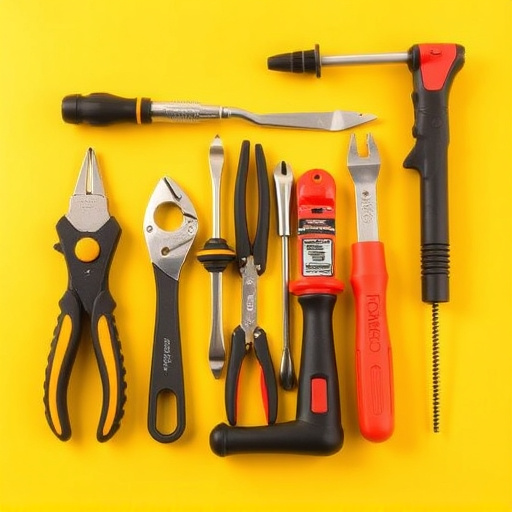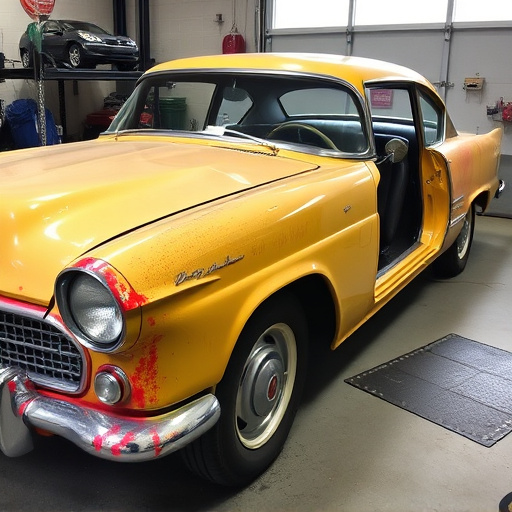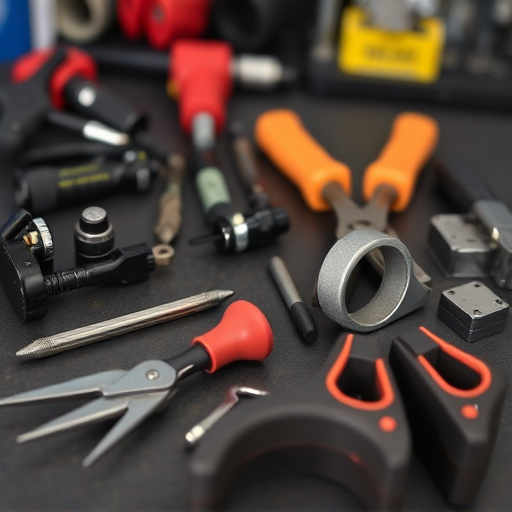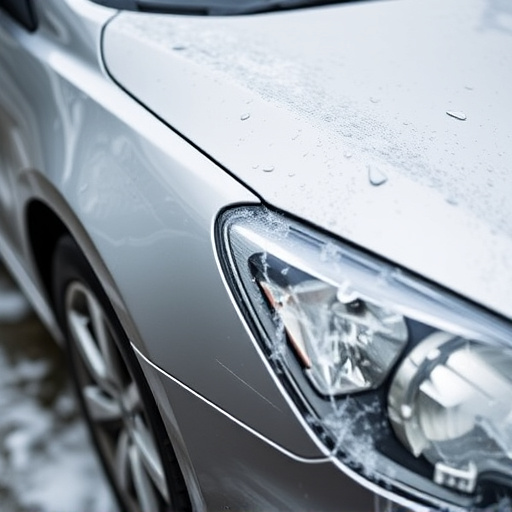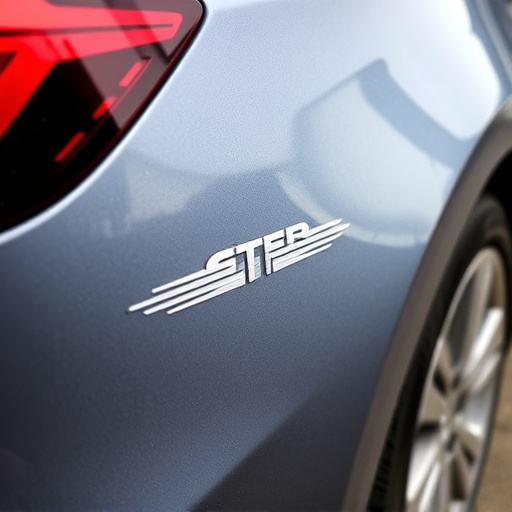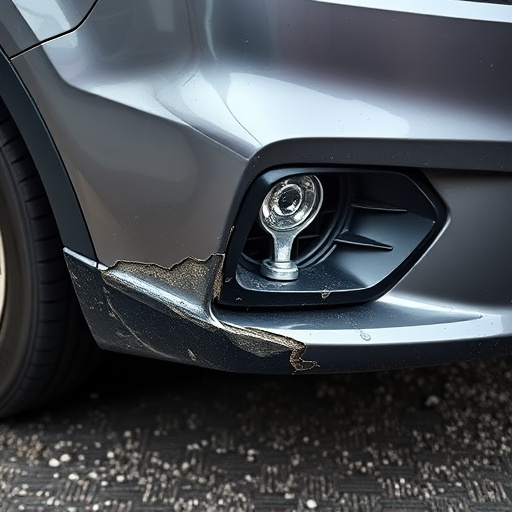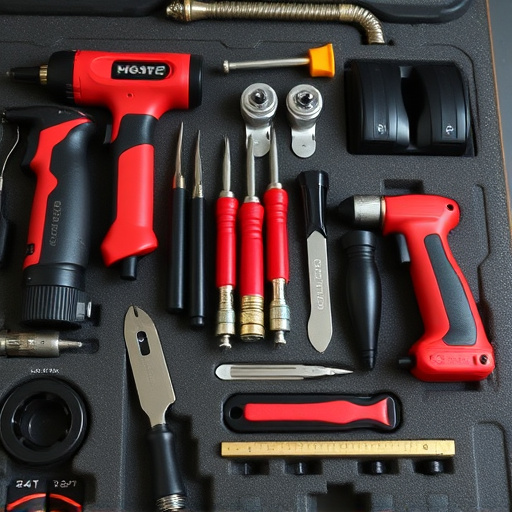Paint repair warranties protect vehicle owners against aesthetic damage from collision or scratch repairs, but claims are often denied due to inadequate documentation, missed timelines, specific exclusions (like severe accidents), and non-compliance with manufacturer guidelines. To prevent rejections, auto body shops should ensure proper training, equipment, record-keeping, and clear communication with warranty providers. If a claim is rejected, quick resolution requires thorough reviews, open customer/warranty provider communication, and detailed documentation including before-and-after photos.
Are you tired of having your paint repair warranty claims rejected? Uncover the secrets behind these denials. This comprehensive guide explores the intricate world of paint repair warranties, shedding light on common reasons for claim rejections and offering actionable strategies to prevent them. From understanding policy nuances to addressing procedural mistakes, learn how to navigate this process smoothly. Equip yourself with knowledge to protect your rights and ensure successful paint repair warranty claims.
- Understanding Paint Repair Warranty Claims
- Common Reasons for Rejection
- Preventing and Addressing Rejected Claims
Understanding Paint Repair Warranty Claims
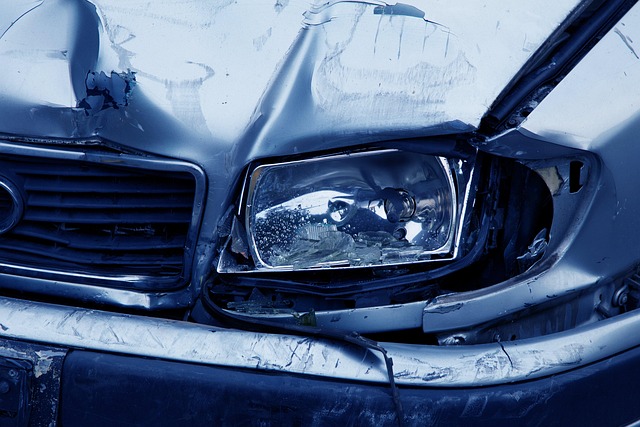
Paint repair warranty claims are designed to offer protection for vehicle owners who experience paint issues after a repair or restoration. However, understanding what constitutes a valid claim is essential. These claims often involve repairs related to automotive collision repair, car scratch repair, or other damage that affects the aesthetic and protective layers of a vehicle’s finish.
When evaluating a paint repair warranty claim, several factors come into play. First, the extent of the damage needs to be assessed; minor scratches or chips might not meet the criteria for coverage. Additionally, proper documentation and evidence are crucial. Owners should retain records of the initial repair work, including photographs showing the condition before and after the repair. In some cases, professional appraisals may be required to determine if the claim falls within the scope of the warranty, ensuring that both the vehicle owner and the repair facility are protected in the event of disputed paint repair warranty claims.
Common Reasons for Rejection
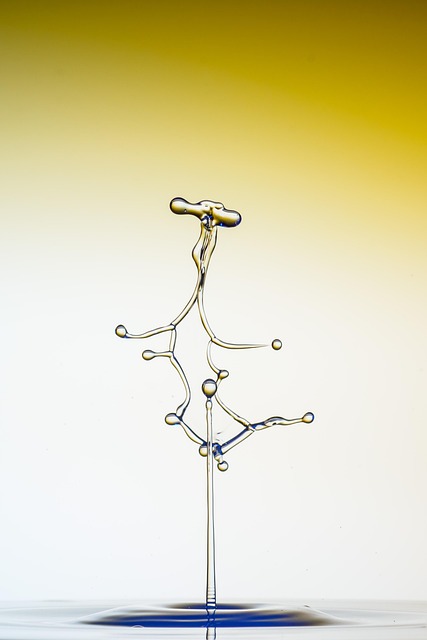
Paint repair warranty claims can often be rejected due to several common reasons. One primary issue is that many owners fail to follow the proper procedures when filing a claim, such as submitting inadequate documentation or not adhering to the specified reporting timelines. This lack of attention to detail can lead to delays and rejections, especially in high-demand auto body shops like Mercedes Benz repair centers where efficiency is paramount.
Another significant factor is that not all damage is covered under the paint repair warranty. For instance, collision repair services may exclude certain types of damage caused by severe accidents, neglect, or prior poor workmanship. Pre-existing conditions or modifications to the vehicle’s original finish can also render a claim invalid. Understanding these exclusions beforehand and ensuring all work aligns with the warranty terms are crucial steps in preventing rejected claims.
Preventing and Addressing Rejected Claims
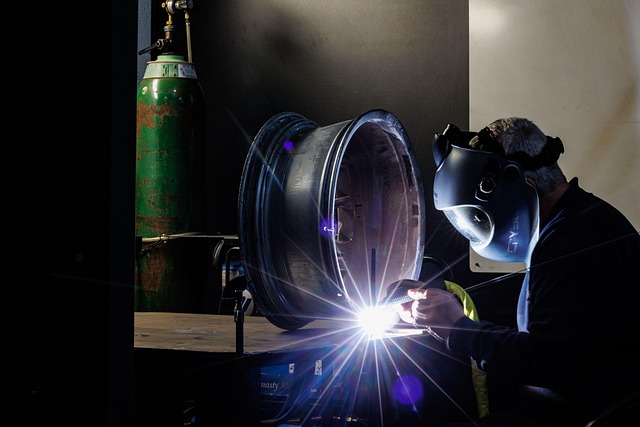
Preventing and Addressing Rejected Claims starts with understanding the root causes. Many paint repair warranty claims are rejected due to issues like incorrect diagnosis, subpar workmanship, or failure to adhere to manufacturer guidelines. To mitigate these, auto body services should invest in well-trained staff and state-of-the-art equipment. Regular training sessions on the latest techniques and technology ensure that repairs meet the highest standards. Additionally, meticulous record-keeping and clear communication with warranty providers can help avoid misunderstandings.
When a claim is rejected, addressing it promptly and effectively is crucial. Auto collision centers should conduct thorough reviews of the repair process, checking for compliance with manufacturer specifications and industry best practices. Open lines of communication with both the customer and the warranty provider can resolve issues quickly. Providing detailed documentation, including before-and-after photos and a comprehensive explanation of the repair work, can help in getting the claim approved.
Many paint repair warranty claims are rejected due to miscommunication, inadequate documentation, or failure to meet the defined conditions. To avoid these issues, homeowners and professionals alike should thoroughly understand the terms of their warranty, document all repairs meticulously, and ensure compliance with the manufacturer’s guidelines. By doing so, they can significantly increase the likelihood of successful claim approvals, providing peace of mind and quality protection for painted surfaces.
